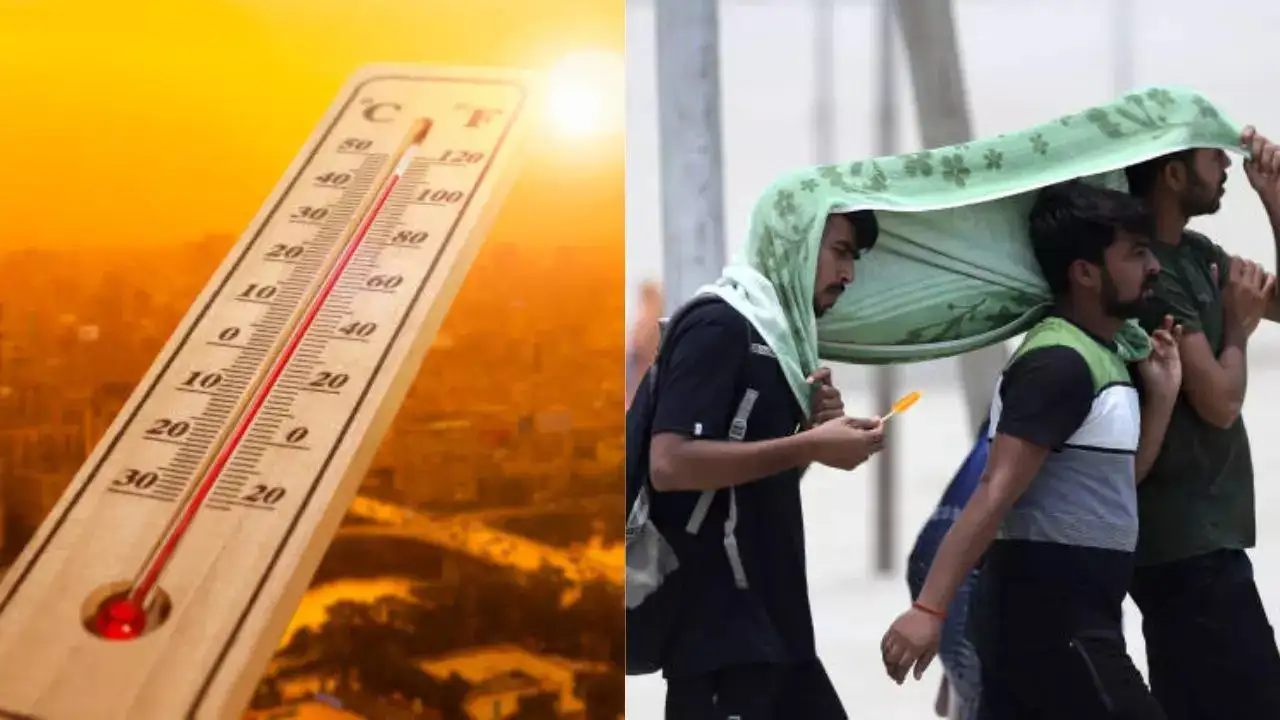Ashima Sharda Mahindra • 27 Mar 2025
IMD Predicts Double Heatwave Days This Summer; Here's How You Can Keep Your Body Cool

During a heatwave, doctors say your body struggles to regulate its temperature, potentially leading to heat exhaustion
India’s Meteorological Department has predicted a significantly hotter summer, with nearly double the usual number of heatwave days. The northwestern region, which usually records five to six heatwave days in a season, is expected to face up to 12 hot days.
During a heatwave, doctors say your body struggles to regulate its temperature, potentially leading to heat exhaustion—or, in severe cases, heatstroke, characterized by debilitating symptoms, which can also be life-threatening. Experts say as your body gets hotter, blood vessels begin to open up, leading to lower blood pressure—making your heart work harder to push the blood around the body. It then leads to symptoms like an itchy heat rash or swollen feet as blood vessels become leaky.
At the same time, sweating leads to the loss of fluids and salt, and, crucially, the balance between them in the body changes.
Signs and symptoms of heat exhaustion
A few signs and symptoms of heat exhaustion combined with low blood pressure can cause:
- Dizziness
- Nausea
- Fainting
- Confusion
- Muscle cramps
- Headaches
- Heavy sweating
- Tiredness
What are the types of heat illnesses you can get?
The four main types of heat illness, in order from mildest to most severe, include:
Heat rash
These are tiny and itchy bumps on your skin that develop when sweat gets trapped beneath your skin. Usually, you can manage heat rash at home by keeping your skin cool and dry and using anti-itch creams.Heat cramps
According to experts, heat cramps cause severe pain in your legs, arms, belly, or elsewhere. They typically occur when you are exerting yourself in the heat and sweating a lot. Heat cramps are a mild form of heat-related illness, and you will usually have a normal or slightly elevated body temperature.Heat exhaustion
It is a moderate form of heat illness that quickly turns into heat stroke without treatment. It happens when you lose too much water or salt, typically when exerting yourself in the heat.
Heat stroke
Heat stroke is a life-threatening illness that happens when your internal body temperature gets very high—above 104 degrees F. You have symptoms of heat exhaustion plus signs of brain dysfunction, which include confusion, behaviour changes, and slurred speech.
How can you stay safe in the heat?
Always make sure to look out for those who struggle to keep cool, like the elderly, those with underlying conditions, and those who live alone. Doctors say a few ways you can stay absolutely safe in the rising heat include:
- Stay cool indoors by closing curtains on rooms that face the sun
- Drink plenty of fluids and do not drink too much alcohol
- Do not leave anyone, especially babies, young children and animals, in a locked vehicle
- Keep out of the sun during peak hours - between 11 am and 3 pm when the sun's rays are strongest
- Keep in the shade, always use a SPF-30 onwards sunscreen and high UVA rating, and wear a wide-brimmed hat
- Avoid physical exercise in the hottest part of the day
- Take water with you if travelling
- Be aware of the hidden dangers in rivers and open waters if you are tempted to cool off.
Get Latest News Live on Times Now along with Breaking News and Top Headlines from Health and around the world.